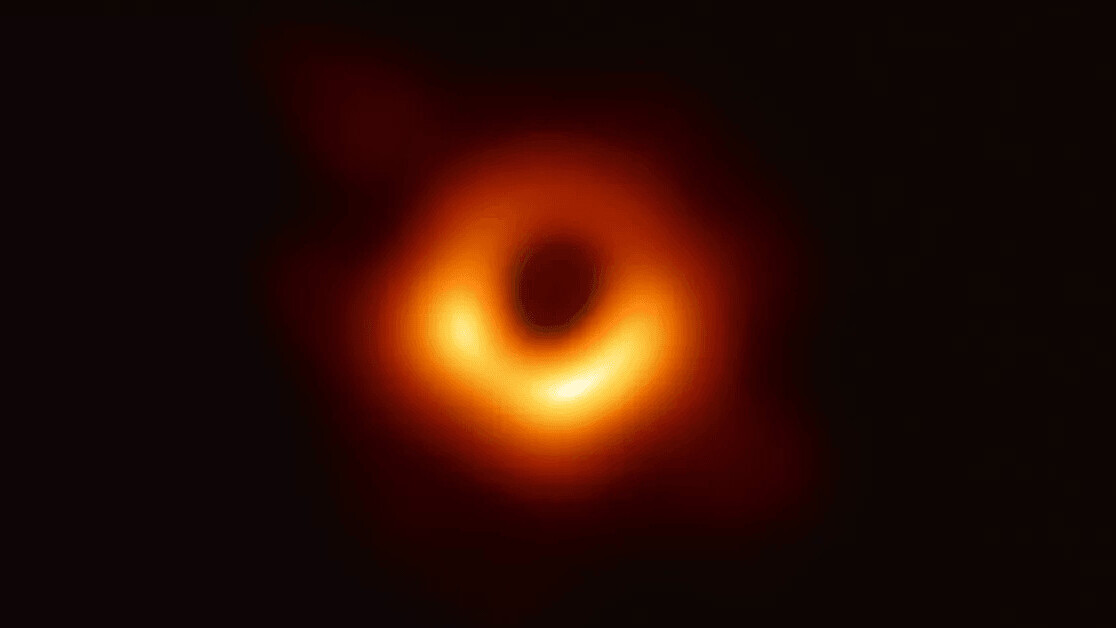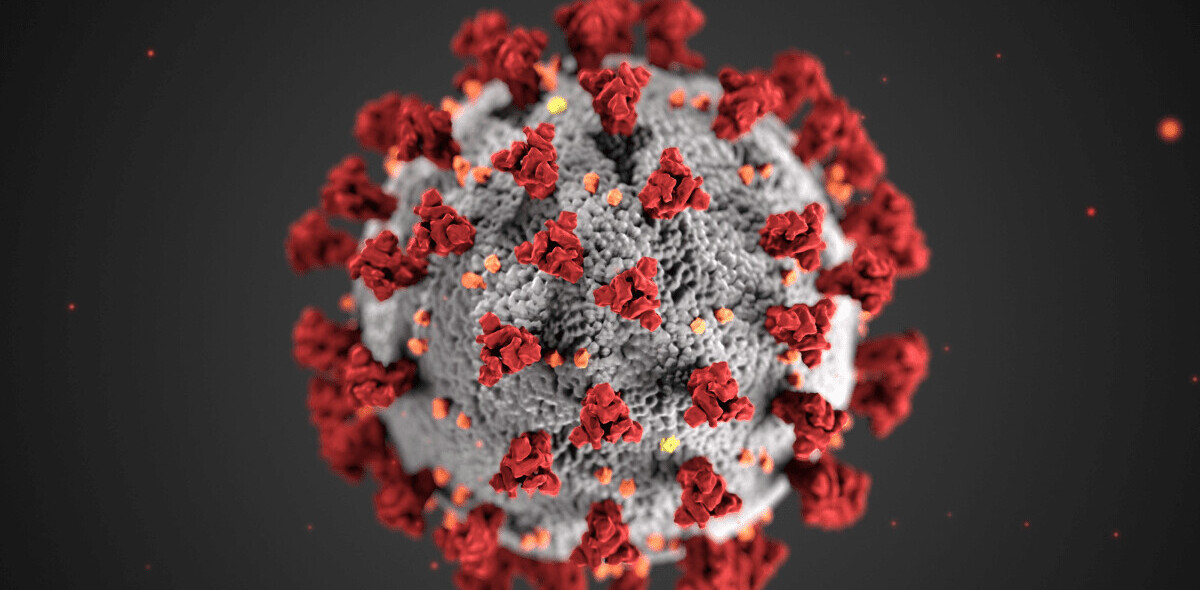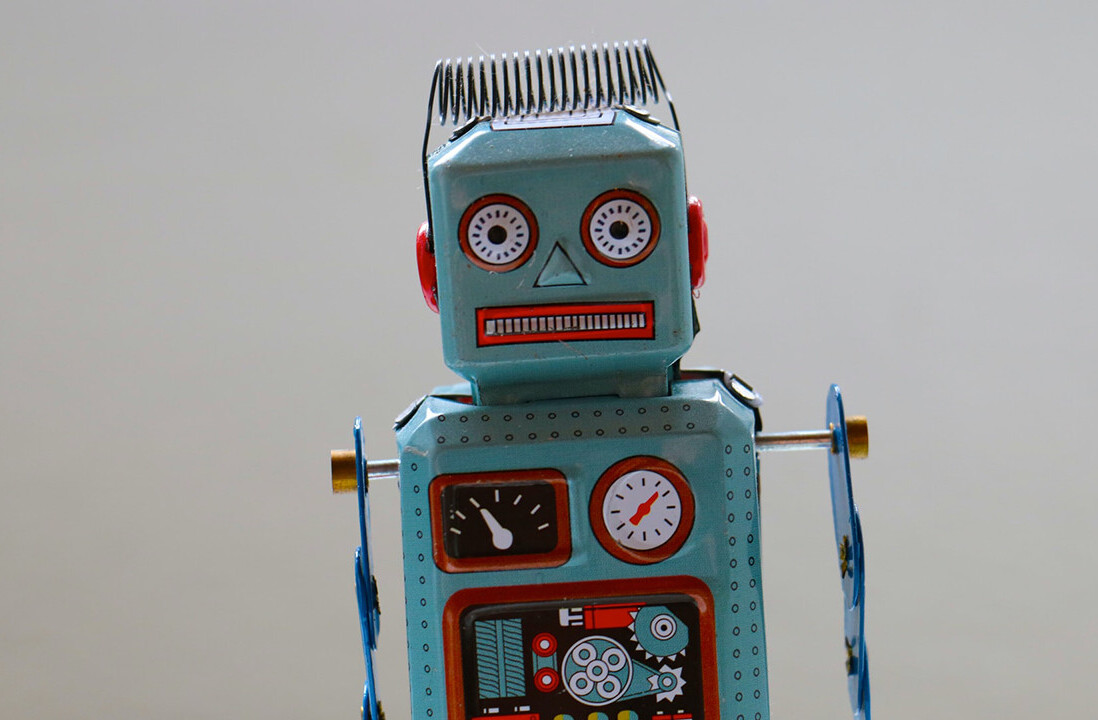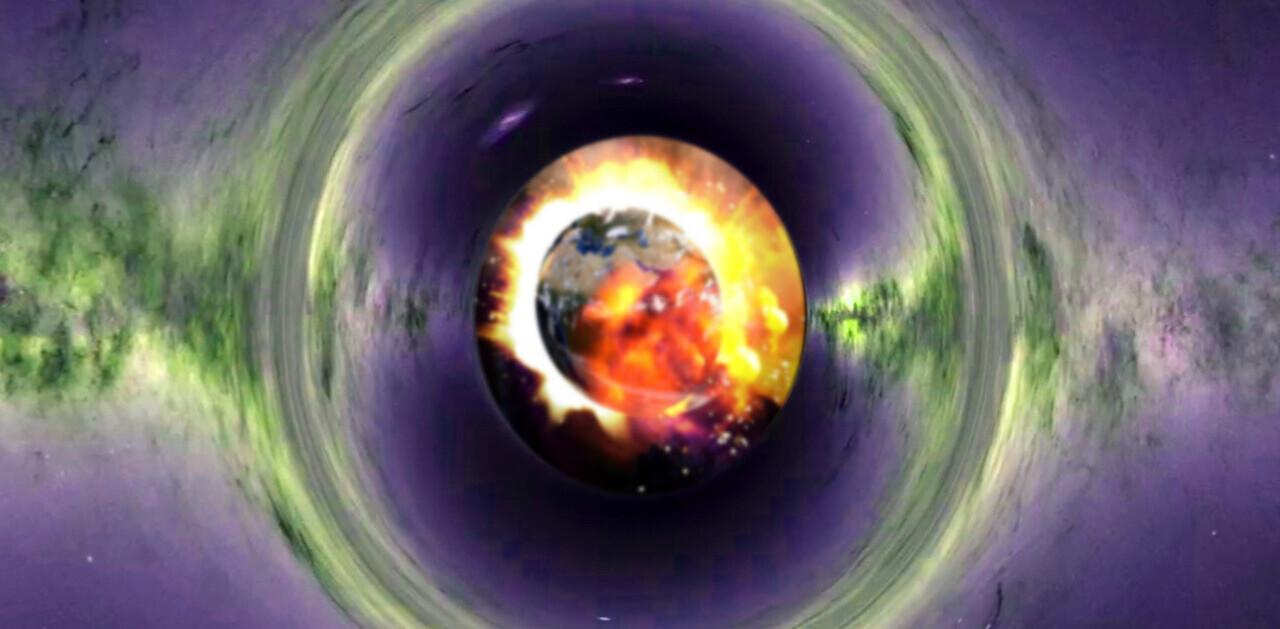
Over a year ago, a group of researchers made a revolutionary breakthrough when they successfully captured the first-ever image of a celestial phenomenon — a black hole. Well, that historic image has now been turned into a movie.
The short sequence of frames shows how the black hole’s surroundings have changed over time as a result of its own gravitational pull.
To create the footage, the Event Horizon Telescope team — the research group behind the discovery of the original black hole image — dug out old data and combined it with a mathematical model based on the image shared last year in order to show how the black hole’s surroundings have changed over eight years, Nature explains.
Although the new model involves quite a bit of guesswork, it gives astronomers valuable insight into the behavior of black holes and their gravity.
“Because the flow of matter falling onto a black hole is turbulent, we can see that the ring wobbles with time,” said lead author and Harvard radio astronomer, Maciek Wielgus. The researcher also adds future iterations of the model could make it possible to add even more movement to the image. “It could really start to look like a movie,” he says.
To capture the first-ever black hole image, which was released in April 2019, the Event Horizon Telescope team relied on algorithms partially developed by of engineer and computer scientist Katie Bouman.
Unfortunately, the discovery was marred by a wave of naysayers seeking to undermine the contributions of Bouman, who played a central role in developing the algorithm, by counting the lines of code she submitted to the the project’s GitHub repository.
In other related developments, new research has pushed physicists to reconsider the validity of Stephen Hawking’s once dismissed hypothesis that black holes from the Big Bang might be the hidden dark matter everyone’s been looking for. Back at square one, I guess.
Get the TNW newsletter
Get the most important tech news in your inbox each week.





